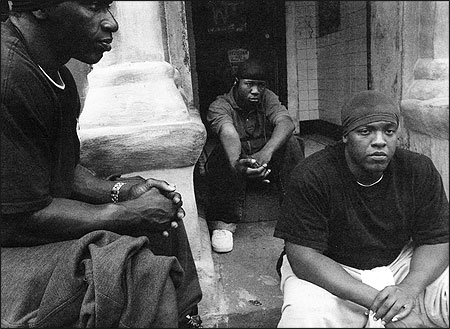By The External Relations, EducationNext
January 13, 2015
Daniel Patrick Moynihan's 1965 report on the structural causes of the fragmentation of the Black family has been so hotly debated that serious research on the complexity of the problem has been undermined for decades.
Now on the 50th Anniversary of "The Negro Family: The Case for National Action," and in new research for Education Next, Harvard sociologist William Julius Wilson with Harvard colleagues James Quane and Jackelyn Hwang, find poor Black children today are increasingly likely to grow up in family units in the inner city whose dire circumstances affect every aspect of their lives.
As they enter adulthood, many young Blacks, particularly males, have experienced unemployment and disconnection from schools and vocational institutions at rates ranging from 20 to 32 percent. By 2011, nearly two years after the Great Recession, more than one-quarter of young Black males were neither employed nor enrolled in school or vocational training.
The rates for white and Hispanic young people were also high in 2011, around 20 percent, but for Black youth the rate has been about 10 percentage points higher throughout this period.
Black youth are also more likely to be confined in correctional facilities. Although the percentage of juvenile offenders under the age of 18 confined in a correctional facility declined from 1 percent to half that level between 1997 and 2011, they were still five times as likely to be in detention or correctional facilities in 2011 than their white peers.
Today, Blacks constitute nearly half of all people jailed and imprisoned in the U.S., but their rates of incarceration vary greatly by education level.
Among Black young men who were behind bars in 2008, 37 percent were high school dropouts. For those with a high school diploma, that rate drops to 9 percent. Among those with some college, the rate falls to 2 percent, closer to that for young men from other racial backgrounds.














No comments:
Post a Comment